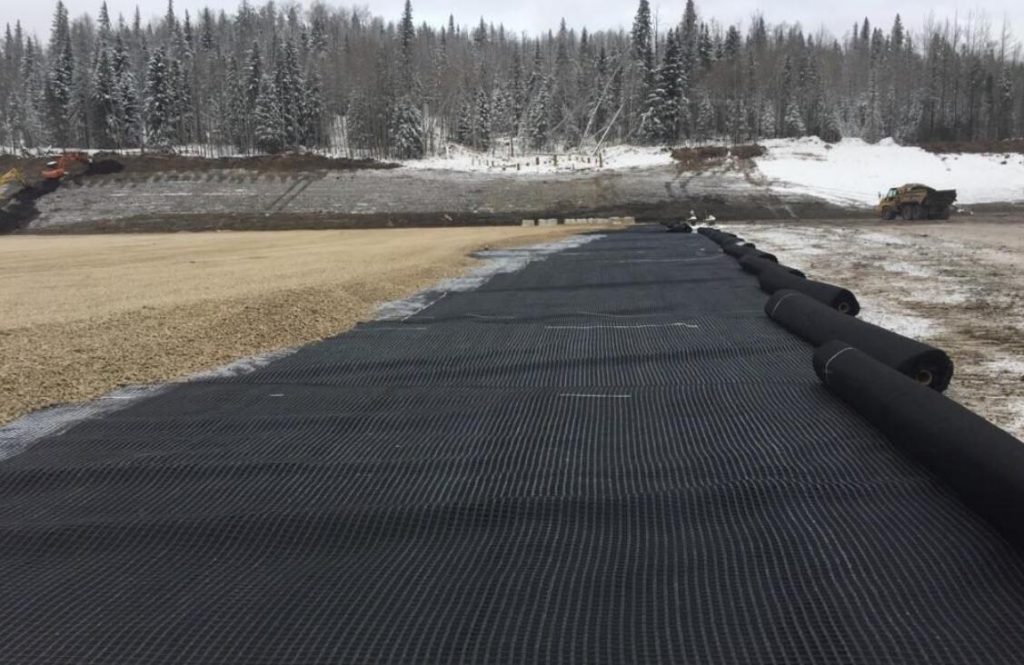
Geotextiles, a vital part of modern engineering and construction, can be used to help manage soil moisture. Soil moisture is the amount of water that is in the ground which controls several aspects of soil behavior such as its strength, fertility and suitability for building. Including their different properties and uses, geotextiles offer an innovative way to manage soil moisture. The article highlights how geotextiles are involved with diverse applications in managing soil moisture across sectors.
Before examining the possible use of geotextiles in relation to soil moisture management, it is essential to know why soil moisture matters in various environmental and engineering contexts. Soil Moisture refers to water content present in soils which sustains plant life, regulates soil temperature and maintains various ecosystems within it. Further still, when it comes to engineering projects such as road construction, embankment stabilization and slope protection; soil moisture also plays a central role.
In locations where water logging , landslides and erosion may occur management of soil moisture becomes complex . If too much water is absorbed by the soil underneath a structure then this can cause unstable ground upon which the structures rest on while dryness might impede agriculture or even just plants growth stages. This therefore necessitates effective strategies for managing such demands associated with sustainability of diverse schemes.
While permitting water movement through them by not allowing any silt particles go along geotextiles act like filters retaining real dirt from being carried away through rainwater or surface drainage systems into rivers causing silting making it difficult for aquatic animals live there due deposition into river beds or lakes thus killing out marine organisms as well as diminishing available space for industrialization. Geotextile liners allow free flow of water through but restrict fine sediments from moving along with flowing waters by preventing them from gaining contact with stream banks.
Drainage is one key function that geotextiles perform in managing soil moisture. By giving passage for free escape of water, geotextiles prevent accumulation of excess moisture within the soil. This is especially important in places that experience high precipitation or have poor drainage. Geotextile-based drainage systems such as prefabricated vertical drains (PVDs) and geocomposite drains are effective in reducing hydrostatic pressure and improving soil stability.
Geotextiles perform erosion control by stabilizing soil particles, ensuring that they don’t move away with wind or water. Such cases are prone to erosion hence use of erosion control blankets made from geotextile fabric for instance; slopes embankments as well as river banks are protected against the agents that accelerate this process. These blankets are designed to protect soil while promoting slow infiltration rates which encourage plant growth through maintenance of optimum water content.
In geotechnical engineering applications, geotextiles can be used to reinforce weak or unstable soils thereby increasing their load bearing capacity and stability. By spreading applied loads uniformly over a wider area, geotextiles help mitigate settlement and subsidence problems particularly in problem areas with poor soils. This strengthening effect enables structures constructed on or using soil to retain their long-term performance and stability.
Application of geotextiles for managing soil moisture is popular in different sectors such as civil engineering, agriculture, environmental protection and landscaping. Some common applications include:
Road Construction:
It is used in road construction to enhance the strength and stability of the subgrade soil thereby reducing the risk of pavement failure due to moisture-induced deformations. Geotextile reinforcement layers are placed beneath the road base to distribute loads evenly and prevent rutting and cracking caused by moisture fluctuations.
Landfill Liners:
Geotextiles play a vital role in landfill liner systems acting as an obstacle preventing leachate from contaminating surrounding soil and groundwater. Geotextiles also control how water flows through landfills while keeping pollutants from moving.
Agricultural Drainage:
In agriculture, geotextiles are used in diverse drainage applications to enhance soil aeration, root growth, and crop yield. For heavy clay soils especially, geotextile wrapped drainage pipes can be installed below farmland for removing excess water which causes waterlogging.
Coastal Protection:
To stabilize these surfaces against erosion due to waves and currents, one might use bags of sand made out of geotextile materials or even erosion control mats made from them on coastlines along riverside banks. This prevents coastal infrastructure like seawalls, levees or revetments from being damaged through erosion.
Conclusion:
As part of managing soil moisture content, geotextiles come with innovative approaches towards addressing various issues related to strong dirt support structure; erosion prevention mechanisms; proper mineralization patterns etc that may lead both positive and negative effects on plant growth performance among other things.As regards this case study,the unique properties exhibited by textiles are key towards sustainability as well as improved resistance on areas that greatly affect infrastructure projects,farming practices and environment conservation efforts.Moreover,in response to rapid changes in climatic conditions,it is anticipated that society will require more effective tools capable of mitigating moisture-related risks and improving soil quality in the long run.






